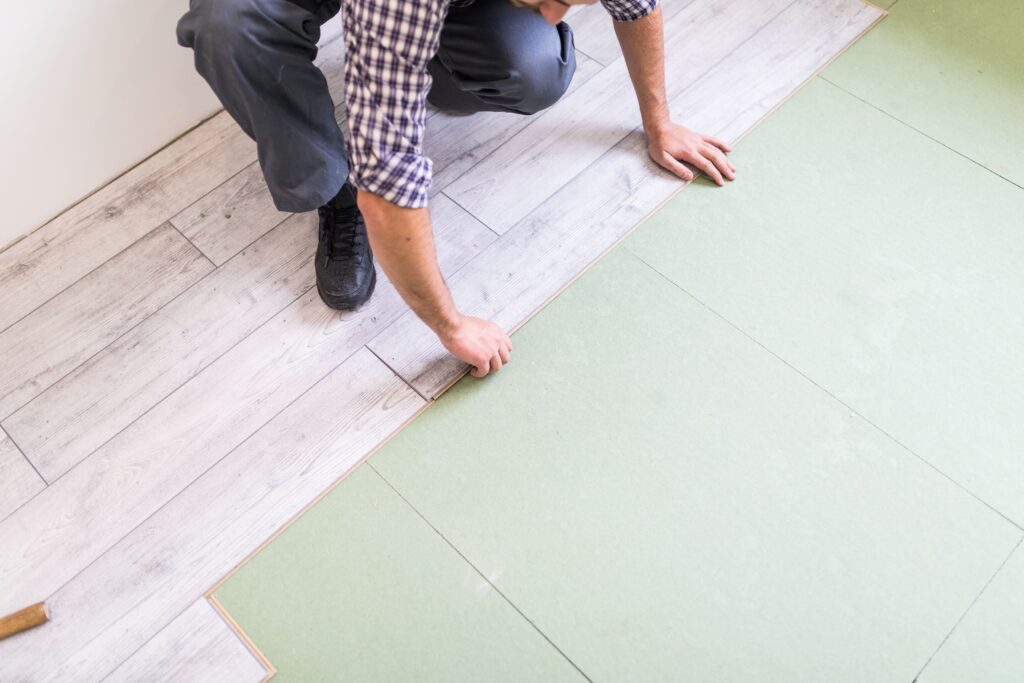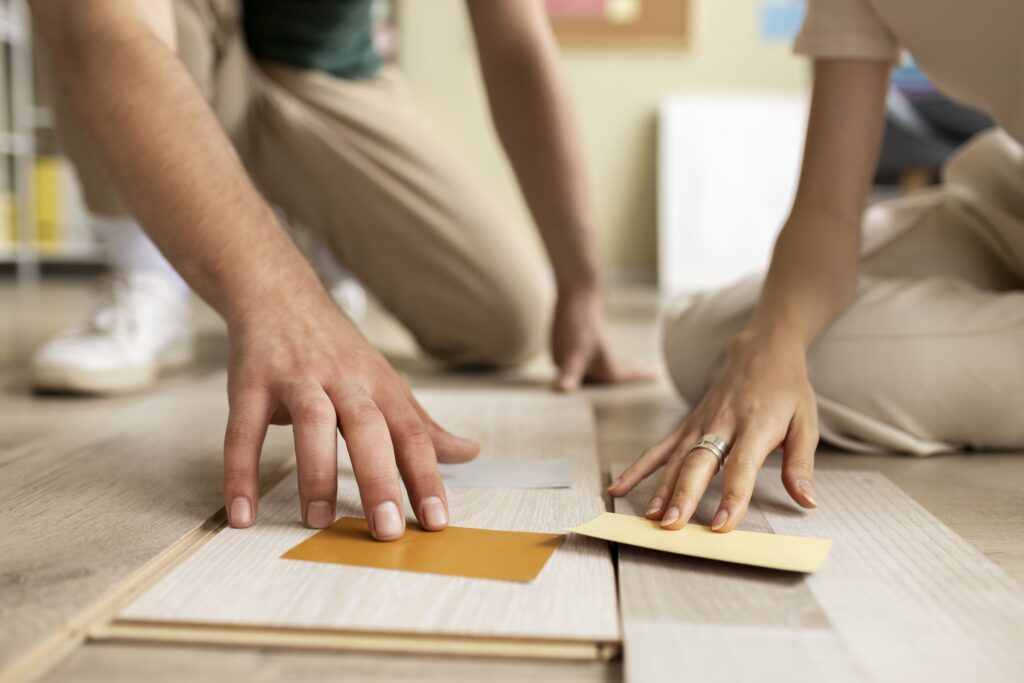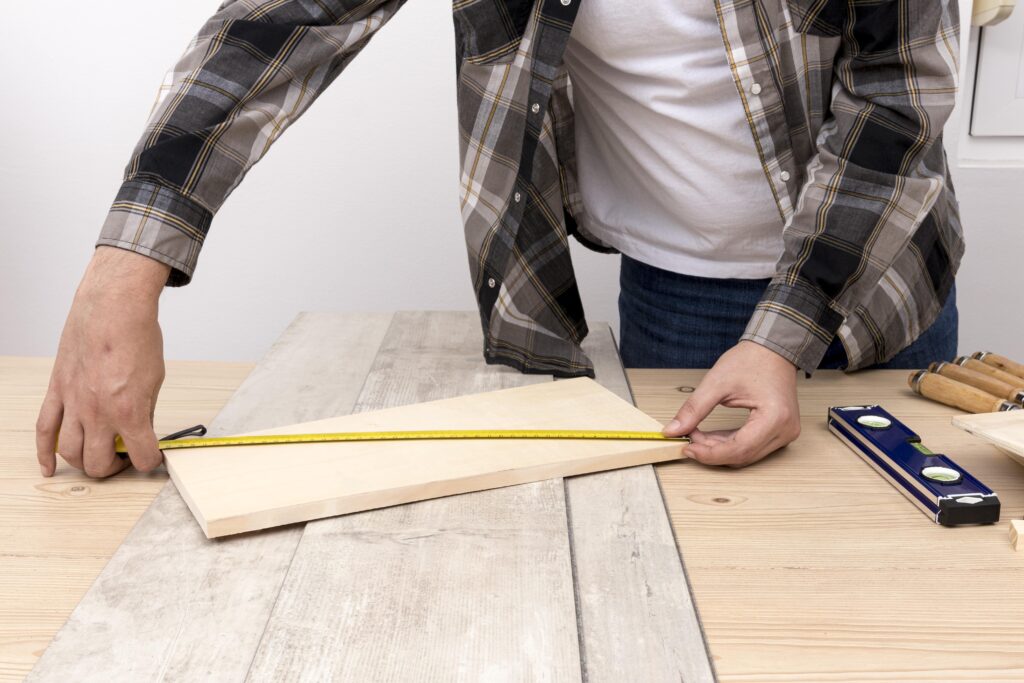Choosing the right flooring for your home is a significant decision, and mistakes during selection, installation, or maintenance can be costly. Many homeowners unknowingly make errors that can lead to unsatisfactory results, damage, or higher long-term costs. At Soho Forest Flooring, we want to help you avoid these common pitfalls and guide you toward the best flooring solutions for your needs.
Here are the top flooring mistakes homeowners make—and how you can avoid them.
1. Choosing the Wrong Flooring for High-Moisture Areas
The Mistake: One of the most common errors is choosing the wrong type of flooring for moisture-prone areas like bathrooms, basements, or kitchens. Homeowners often opt for hardwood or laminate, which can be damaged by water and humidity, leading to warping, swelling, or even mold growth.
How to Avoid It: For areas exposed to moisture, choose waterproof or water-resistant flooring options like luxury vinyl plank (LVP), tile, or water-resistant laminate. These materials are designed to withstand water without compromising durability or appearance.
Common Question: “Is hardwood flooring suitable for kitchens or bathrooms?”
- Hardwood can work in kitchens if properly sealed, but it’s generally not recommended for bathrooms. Instead, consider tile or waterproof vinyl for moisture-prone areas.
2. Overlooking Underlayment
The Mistake: Skipping or choosing the wrong underlayment is a frequent error that can lead to uneven surfaces, noise issues, and even damage to your new flooring over time. Underlayment provides cushioning, moisture protection, and soundproofing, depending on the flooring type.
How to Avoid It: Always use the correct underlayment recommended for your specific flooring material. For example, laminate flooring requires a foam or cork underlayment for comfort and sound reduction, while vinyl plank may require a moisture barrier if installed in damp areas.
Common Question: “Do I really need underlayment for my flooring?”
- Yes, underlayment is essential for most flooring types as it adds support, improves sound insulation, and helps extend the life of your floors.
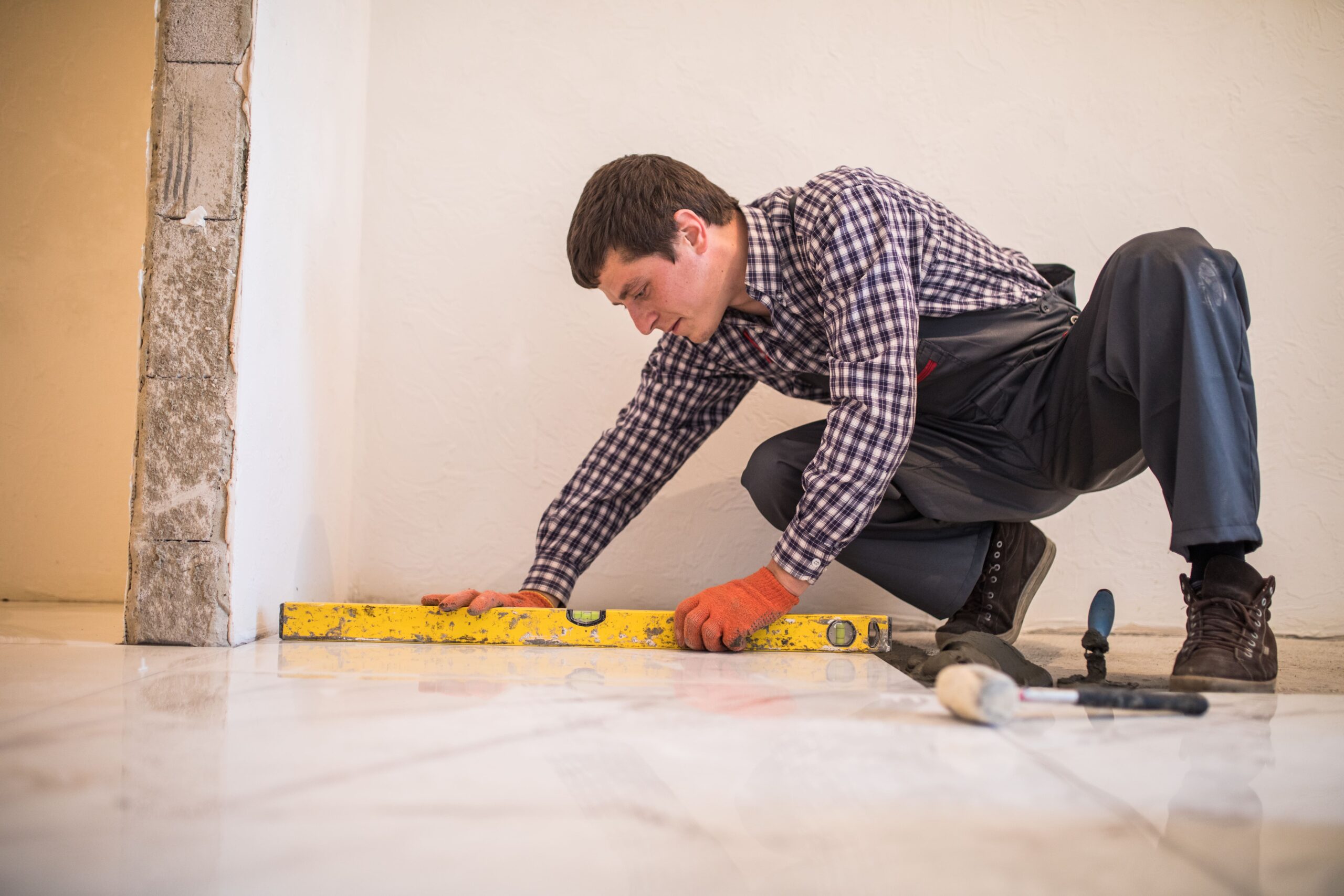
3. Ignoring Subfloor Preparation
The Mistake: Many homeowners skip the crucial step of preparing the subfloor before installing new flooring. Uneven or damaged subfloors can cause issues like creaking, uneven surfaces, or even premature flooring damage.
How to Avoid It: Before installation, ensure your subfloor is clean, level, and free of any damage. If there are any dips or raised areas, they need to be leveled or repaired. In some cases, professional leveling may be required to avoid long-term issues.
Common Question: “Can I install flooring over an uneven subfloor?”
- Installing over an uneven subfloor is not recommended, as it can lead to visible bumps or gaps in the flooring and may cause it to wear unevenly over time.
4. Focusing Only on Aesthetics
The Mistake: While it’s natural to choose flooring based on how it looks, focusing solely on aesthetics without considering practical factors like durability, traffic, or maintenance needs is a common mistake. This often results in choosing materials that don’t fit the lifestyle or functionality of the space.
How to Avoid It: Consider the specific needs of each room when selecting flooring. High-traffic areas like hallways or kitchens require durable materials like tile, vinyl, or engineered wood, while low-traffic spaces, such as bedrooms, may be fine with softer, more aesthetic choices like carpet or hardwood.
Common Question: “What’s the best flooring for a home with kids or pets?”
- For homes with kids or pets, opt for durable, scratch-resistant flooring like LVP, tile, or engineered hardwood. These options are easy to clean and can withstand heavy use.
5. Not Ordering Enough Material
The Mistake: One of the most frustrating mistakes homeowners make is underestimating the amount of flooring material needed. This can cause delays during installation and may result in mismatched batches or additional costs.
How to Avoid It: Always order at least 10% more material than you think you’ll need to account for cutting waste, mistakes, or future repairs. If you’re working with a patterned floor like herringbone, consider ordering even more to ensure proper alignment.
Common Question: “Why do I need extra flooring material?”
- Extra material is important to cover mistakes, cuts, or repairs. Flooring materials from the same batch will have consistent color and texture, which can be hard to match later.
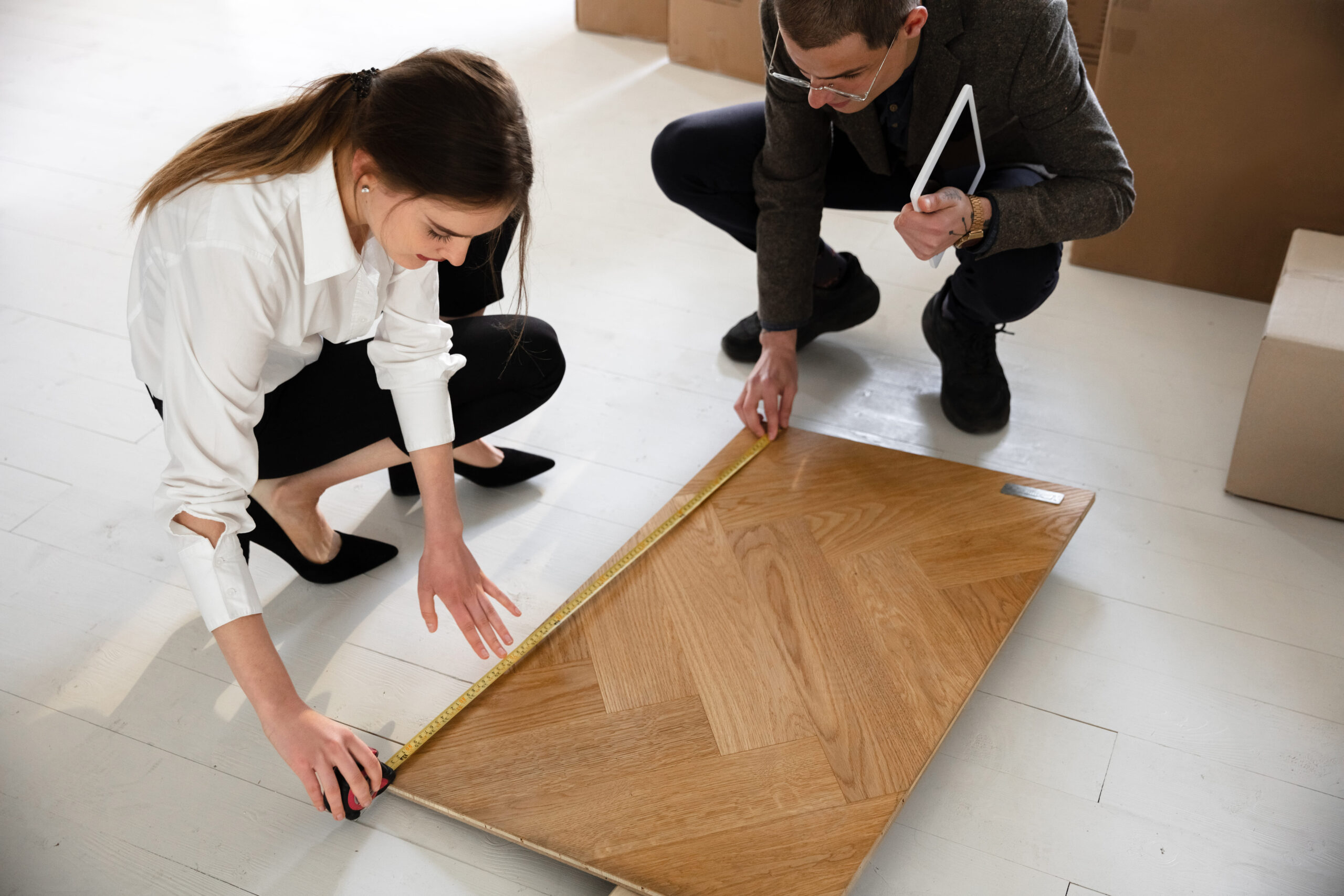
6. Improper DIY Installation
The Mistake: Many homeowners opt for a DIY flooring installation to save money, but improper installation can lead to a host of problems like uneven boards, gaps, or buckling. Without the right tools and experience, mistakes during installation are common.
How to Avoid It: If you’re not confident in your ability to install the flooring yourself, hire a professional installer. Flooring professionals have the experience and tools needed to ensure your flooring is properly installed, saving you time, effort, and potential repair costs in the long run.
Common Question: “Is it worth it to hire a professional for flooring installation?”
- Yes! Professional installation ensures the job is done correctly, saving you from costly mistakes and ensuring your new floors last as long as possible.
7. Neglecting Post-Installation Care and Maintenance
The Mistake: After installation, some homeowners fail to properly care for or maintain their new floors, which can lead to premature wear and damage. For example, using harsh cleaners on hardwood or neglecting regular sweeping can shorten the lifespan of your floors.
How to Avoid It: Follow the manufacturer’s guidelines for cleaning and maintenance. For hardwood, use pH-neutral cleaners and avoid excess water. For vinyl or laminate, use a microfiber mop and avoid steam cleaning. Regular sweeping, vacuuming, and the use of rugs in high-traffic areas will help keep your floors looking their best.
Common Question: “How do I maintain my new hardwood or vinyl floors?”
- Regular cleaning with the appropriate products, along with preventive measures like using area rugs and furniture pads, will help extend the life of your floors.
Conclusion: Avoid These Flooring Mistakes for Long-Lasting Results
By avoiding these common flooring mistakes, you’ll not only save time and money but also enjoy beautiful, durable floors for years to come. Whether you’re selecting new materials, preparing for installation, or maintaining your floors, taking the time to plan and make informed decisions will pay off in the long run.
At Soho Forest Flooring, we’re here to guide you through every step of the flooring process, from material selection to installation and ongoing care. Contact us today to schedule a consultation or to learn more about our expert flooring services.
